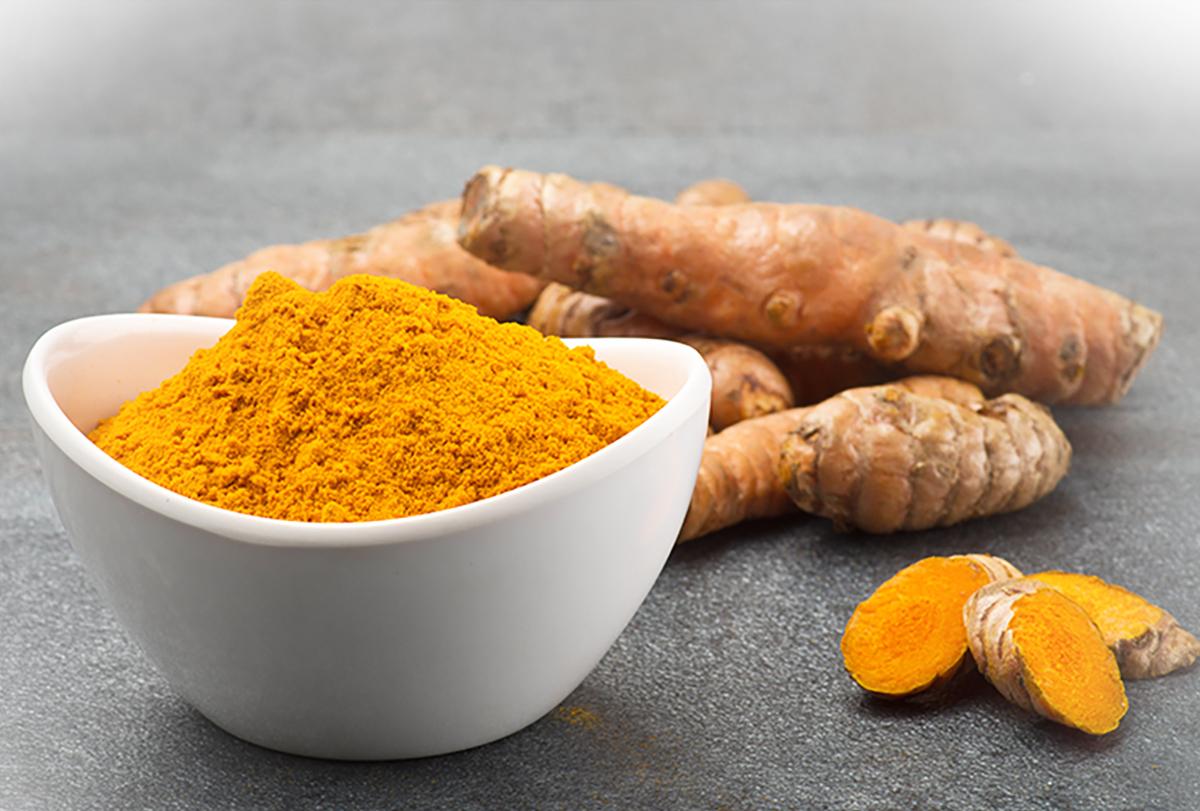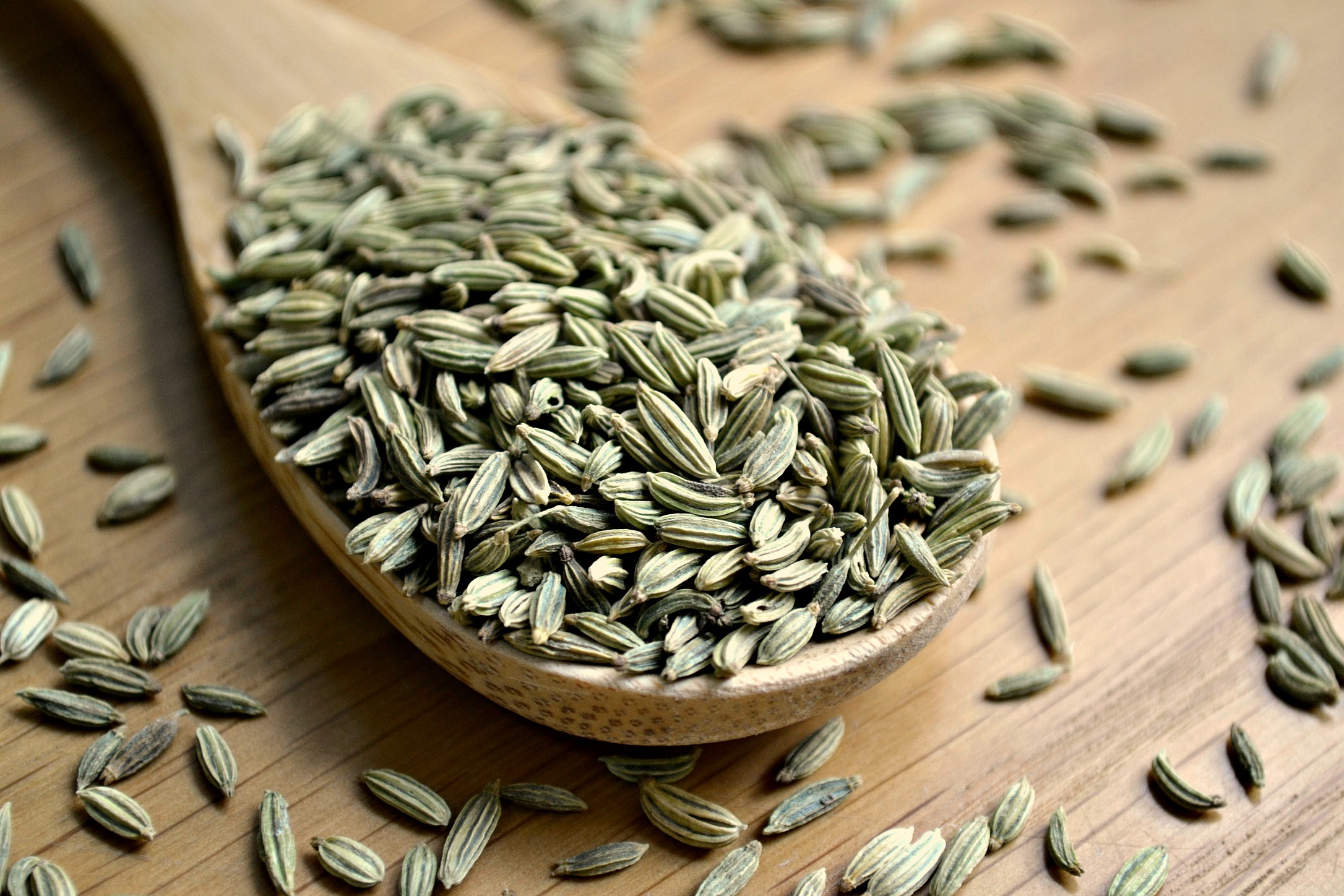Spices not only add flavor to our meals but also offer a myriad of health benefits. Traditional medicine systems like Ayurveda and traditional Chinese medicine have long recognized the healing properties of various spices.
Below are 5 healing spices and how to use them. These spices are usually found in your spice rack anyway, and they can go a long way toward helping with conditions most people deal with at some point in their lives.
Coriander
The coriander plant provides cilantro, which tastes good but is not as healthy. Meanwhile, coriander comes from the seeds of the plant and provides antioxidants, which help with stomach issues and discomfort. Issues like pain, cramping and even diarrhea can be helped by consuming coriander. It also can be helpful to those with Irritable Bowel Syndrome.
Coriander can be purchased as whole seeds and used in dishes like meat or fish as a rub before cooking, in casseroles or stews and even in pickled dishes.
Cinnamon
Cinnamon helps with issues like stroke, heart disease, hypertension and even controlling blood sugar levels for those who are diabetic. Cinnamon should be purchased in sticks, as the ground variety loses flavor after a few months. Avoid featherings if you do buy ground cinnamon and instead purchase that made from full quills.
Cinnamon can be used in soup, stew, sprinkled over fruits like apples or melons and even used with cardamom and black pepper to flavor meats before you cook them.
Ginger
Ginger helps with nausea, so it tends to be popular with pregnant women. However, ginger can also be helpful due to its anti-inflammatory properties. It can help with issues like asthma, cancer, arthritis, heartburn, migraine, stroke and cholesterol problems.Fresh ginger root is best since it contains the most nutrients and benefits. Dried, ground ginger root has lost some of the impact of the taste, but it also loses a lot of the benefits you are hoping to gain from the root.
Ginger can be added to your daily fare through steeping into tea (small segment of root), rubbed into meat before you throw it on the grill or sliced into stirfry or grated over veggies.
Turmeric
Known for its bright yellow color when present in curry, Turmeric is very popular for Indian food. It has curcumin present, which has anti-inflammatory properties and helps with issues from Alzheimer’s Disease to depression and high blood pressure. It can also help with stroke, asthma, preventing cancer, cholesterol, eye infection, gallbladder disease and gout.
Interestingly, it is best to buy Turmeric from Alleppey, compared to Madras in India, because it contains more curcumin. Stick to buying ground turmeric in quantities that will be used up within two months, as by three months it starts to lose its flavor. Turmeric can be used in fried onions, blended with melted butter and used as a sauce for vegetables or in your chicken noodle soup.
Fennel Seed
Fennel tastes like licorice and helps calm menstrual cramps. It sounds like it would hold great appeal for women, right? It has also been found that fennel seeds contain phytochemicals that are much like estrogen, leading to the benefits for women dealing with their monthly menstrual pain.What is impressive is fennel seed has also been shown to help calm a colicky baby. It can help with issues like arthritis, colitis, cancer and dementia, as well as glaucoma high blood pressure and even stroke.
Work fennel seed into your diet by purchasing whole fennel seeds, which keep their taste and benefits for three years when stored properly, and crushing toasted fennel seeds to steep for tea. You can also use them in scrambled eggs or fruit salads.
Thanks for taking the time to read this article. If you found this information helpful, please share it with your friends and family. Your support in our endeavor of sharing free information would be much appreciated.
Source: experiencelife.com




